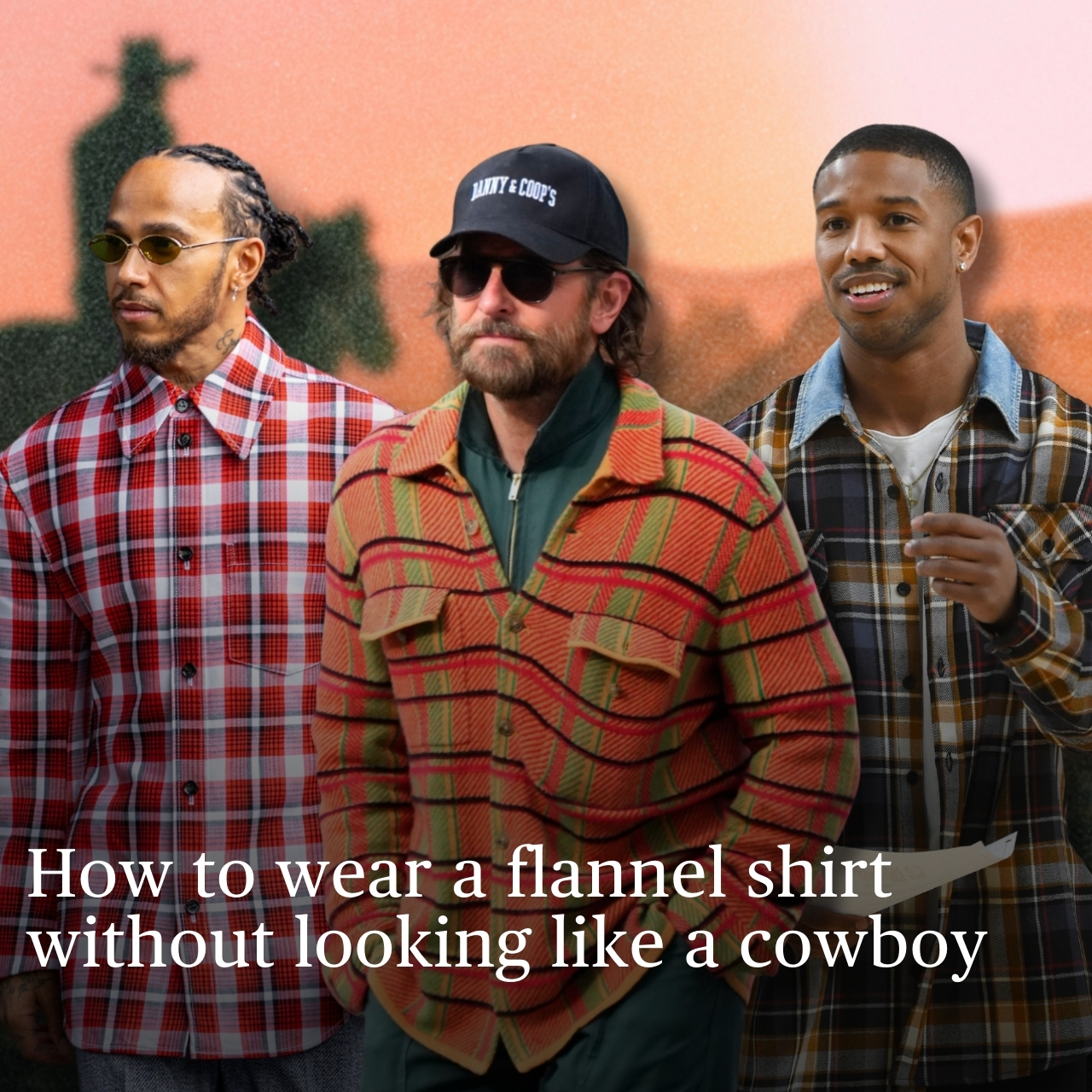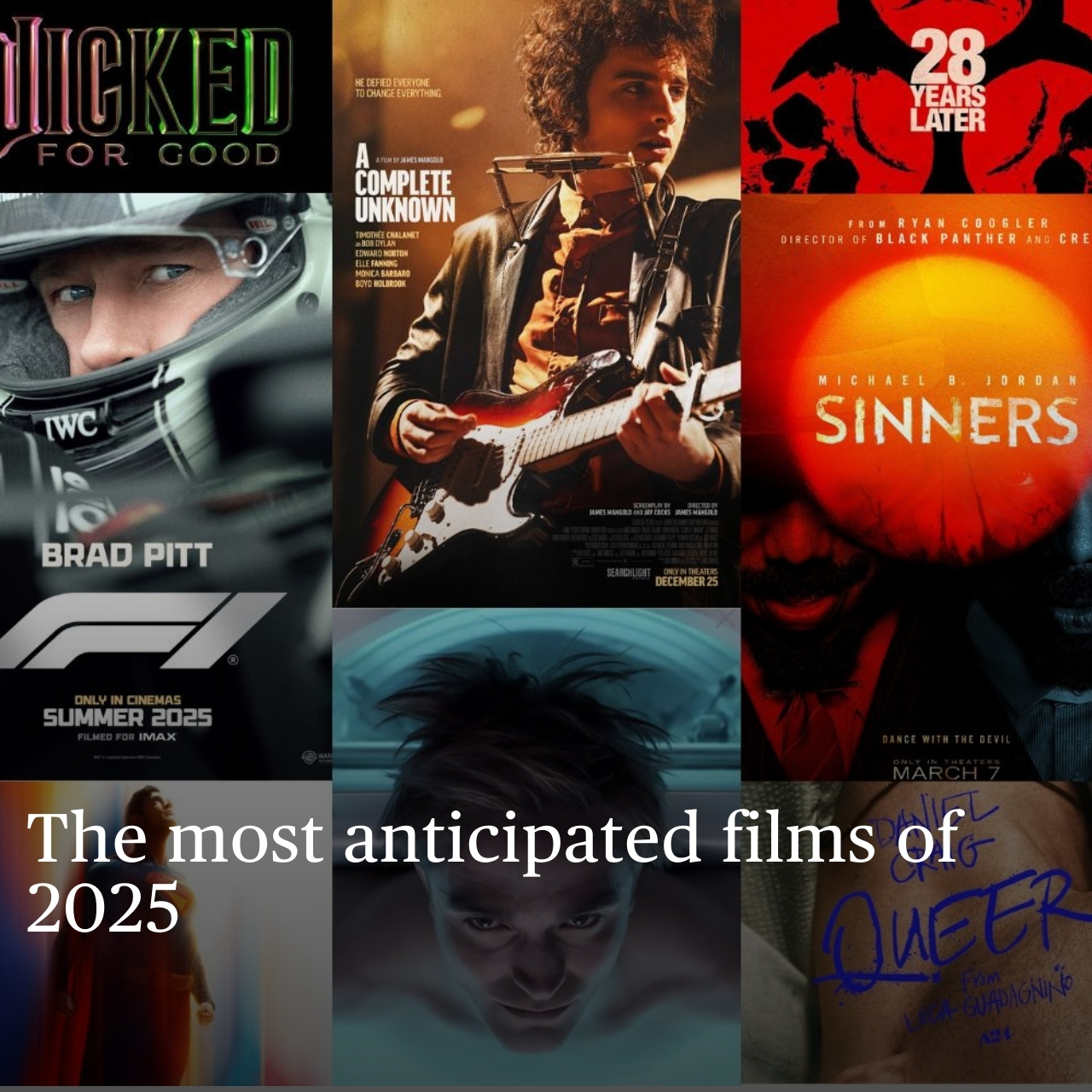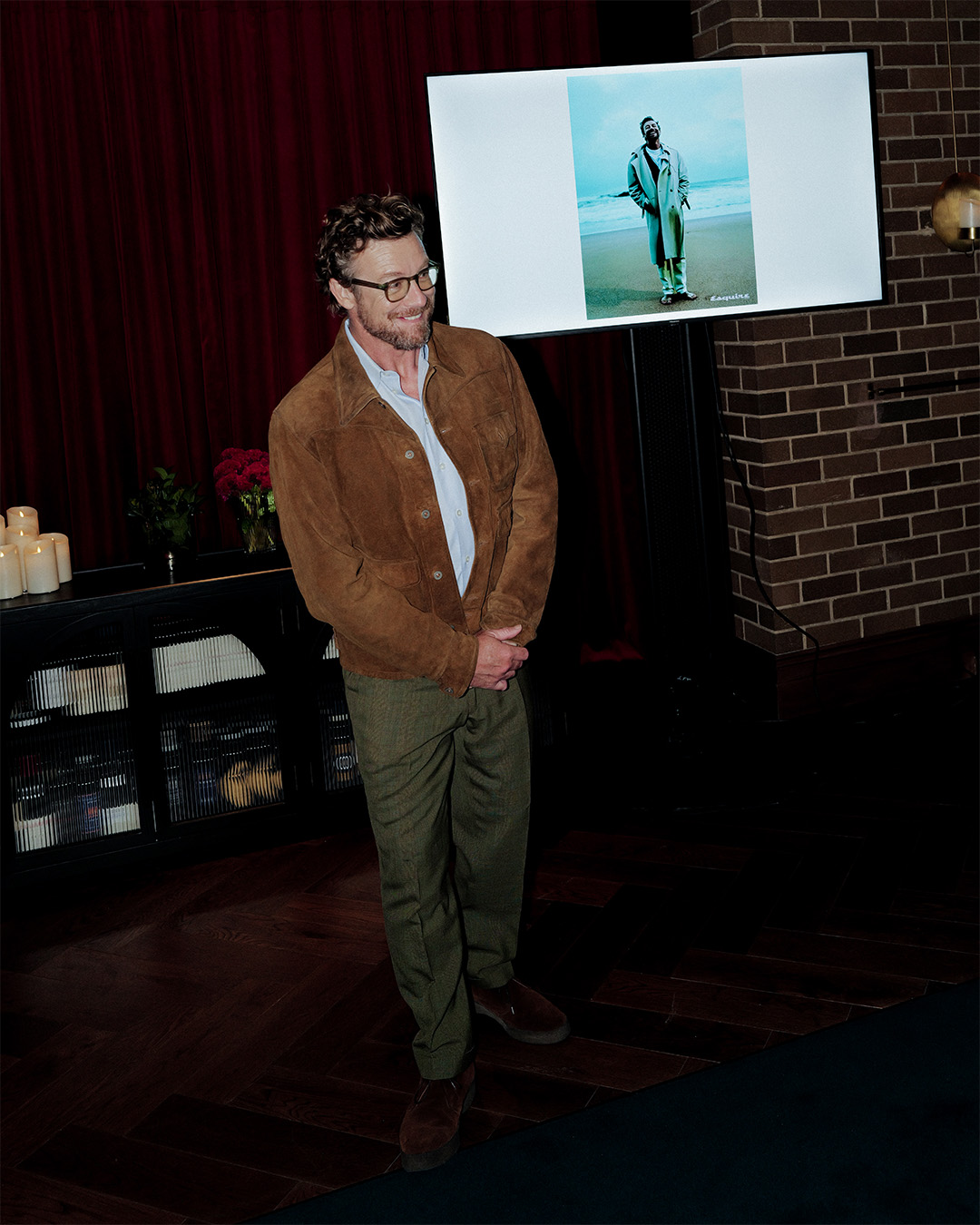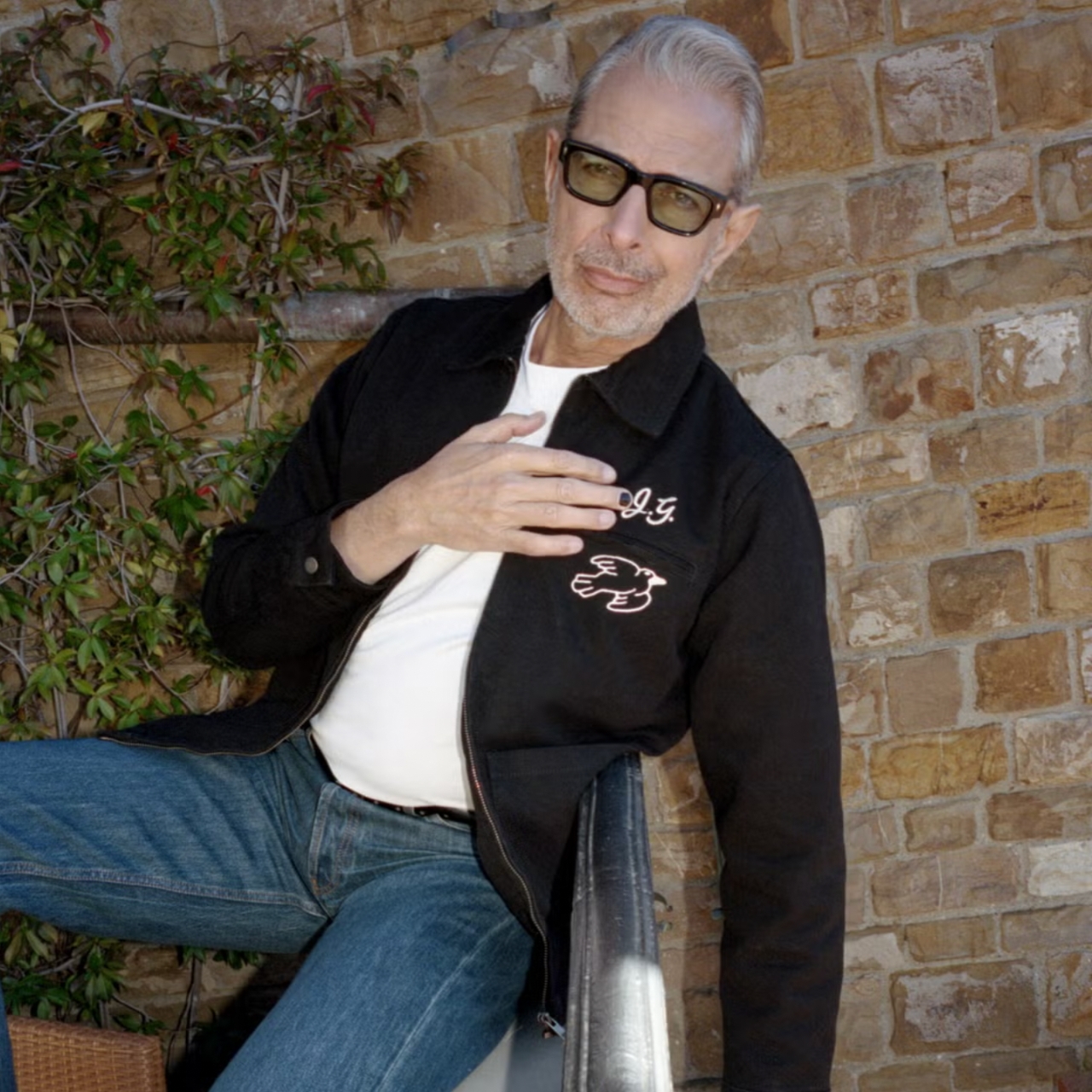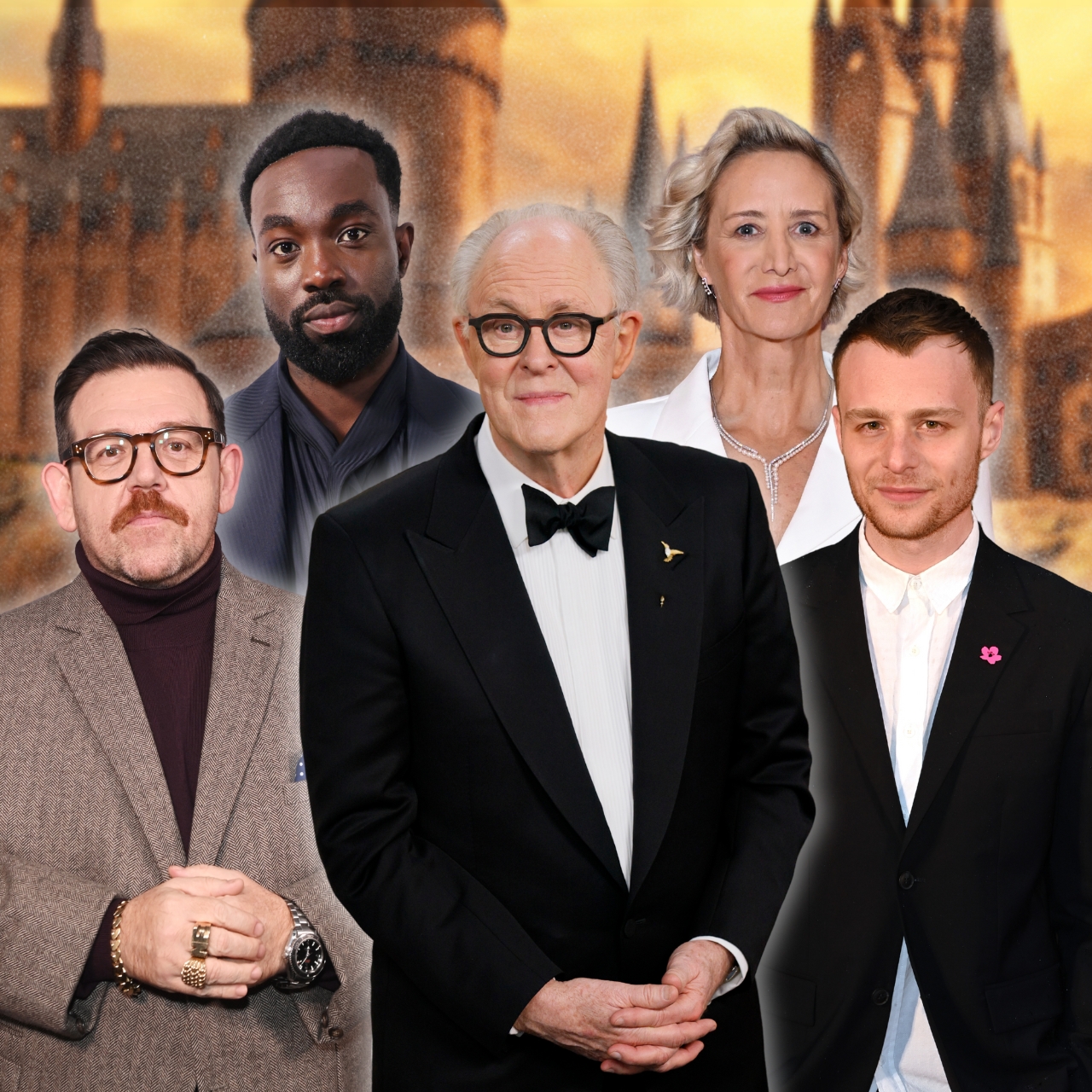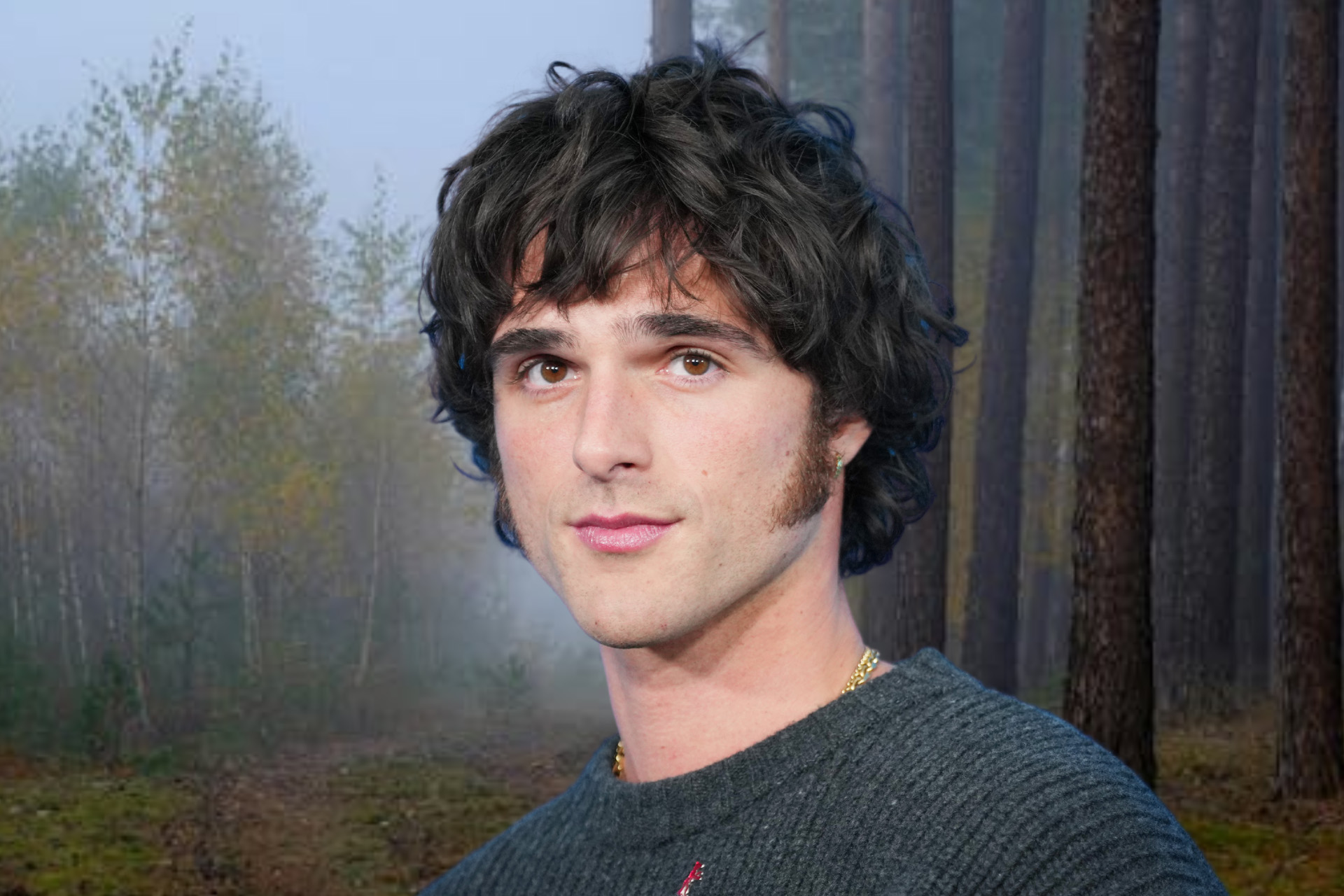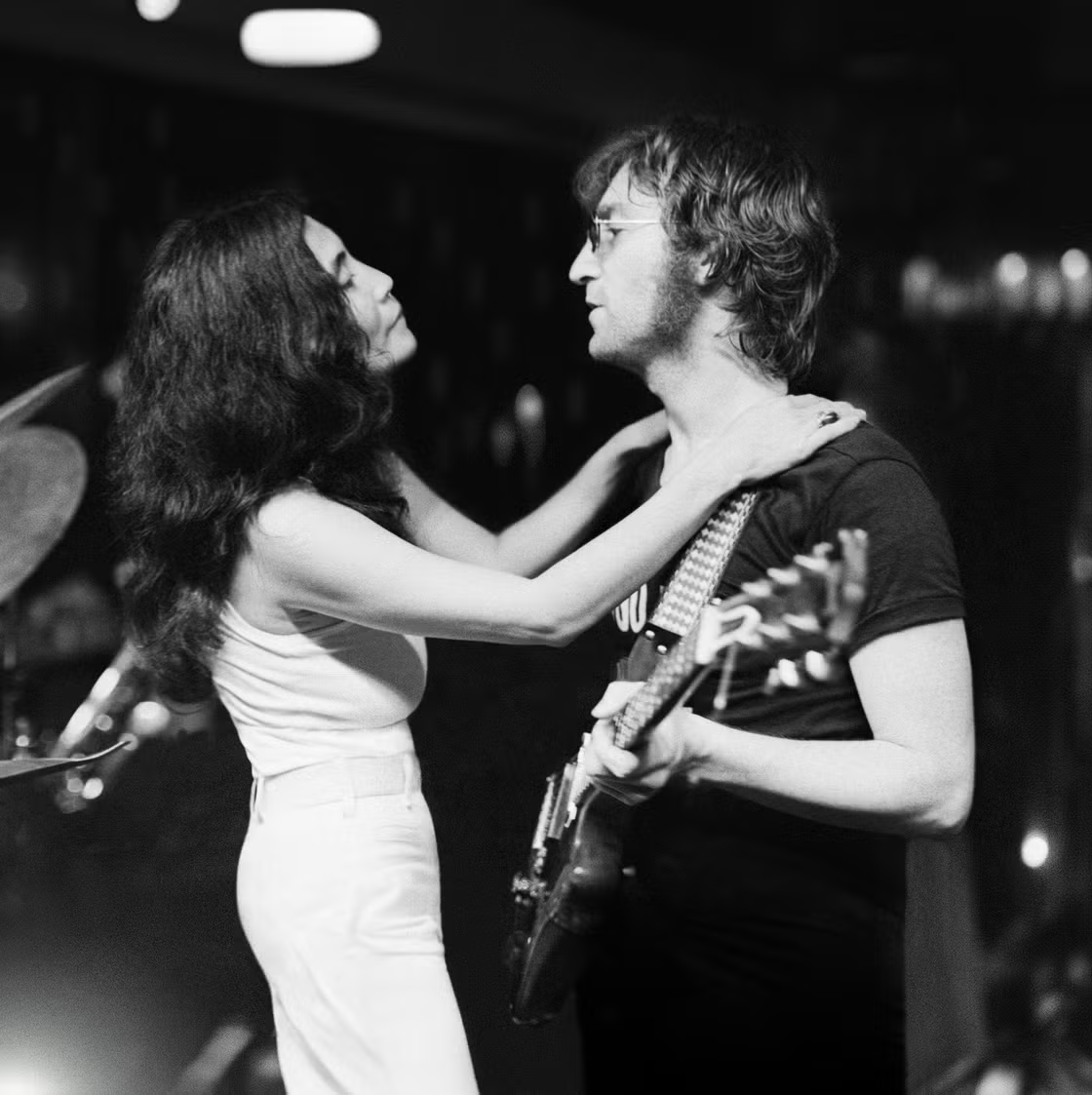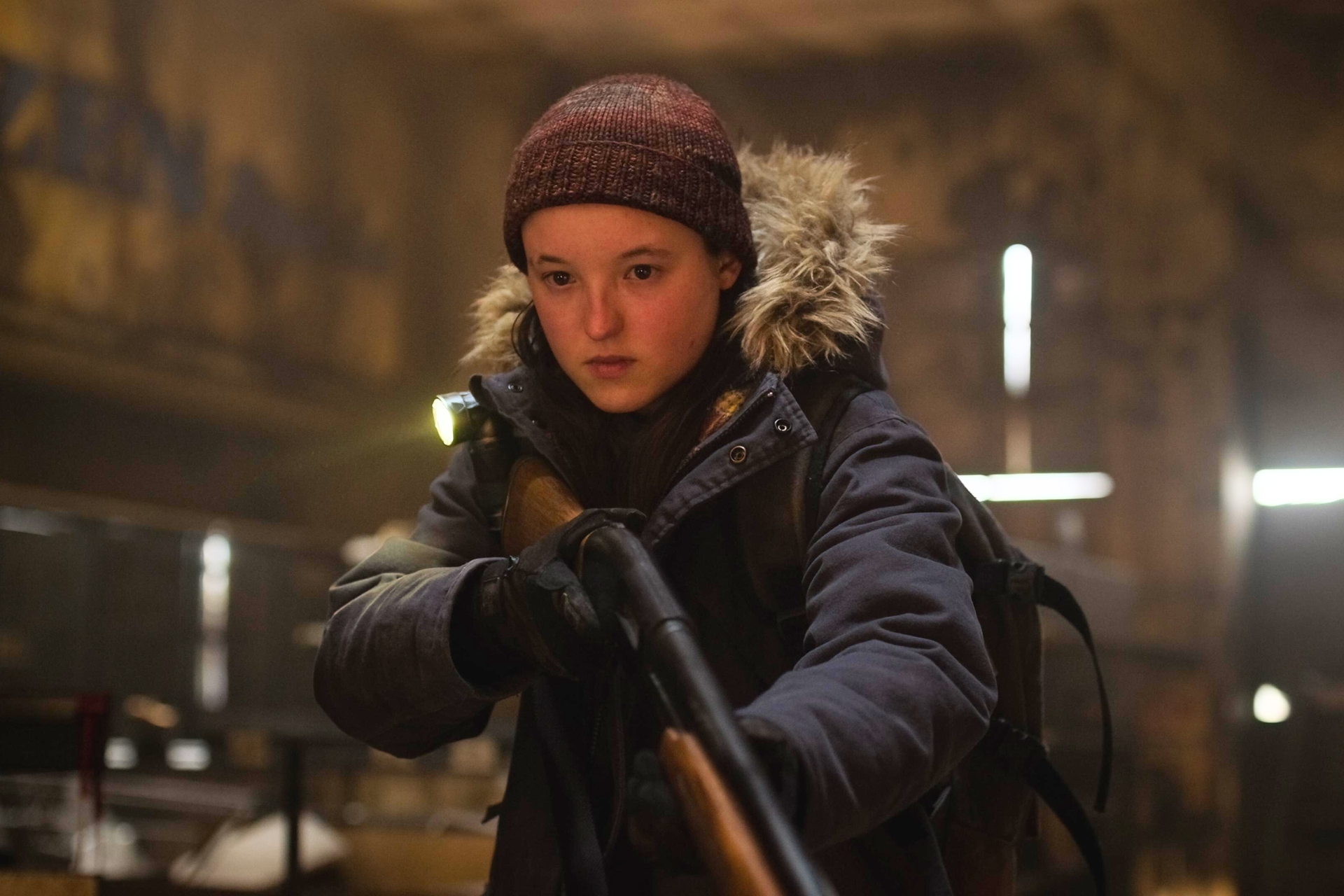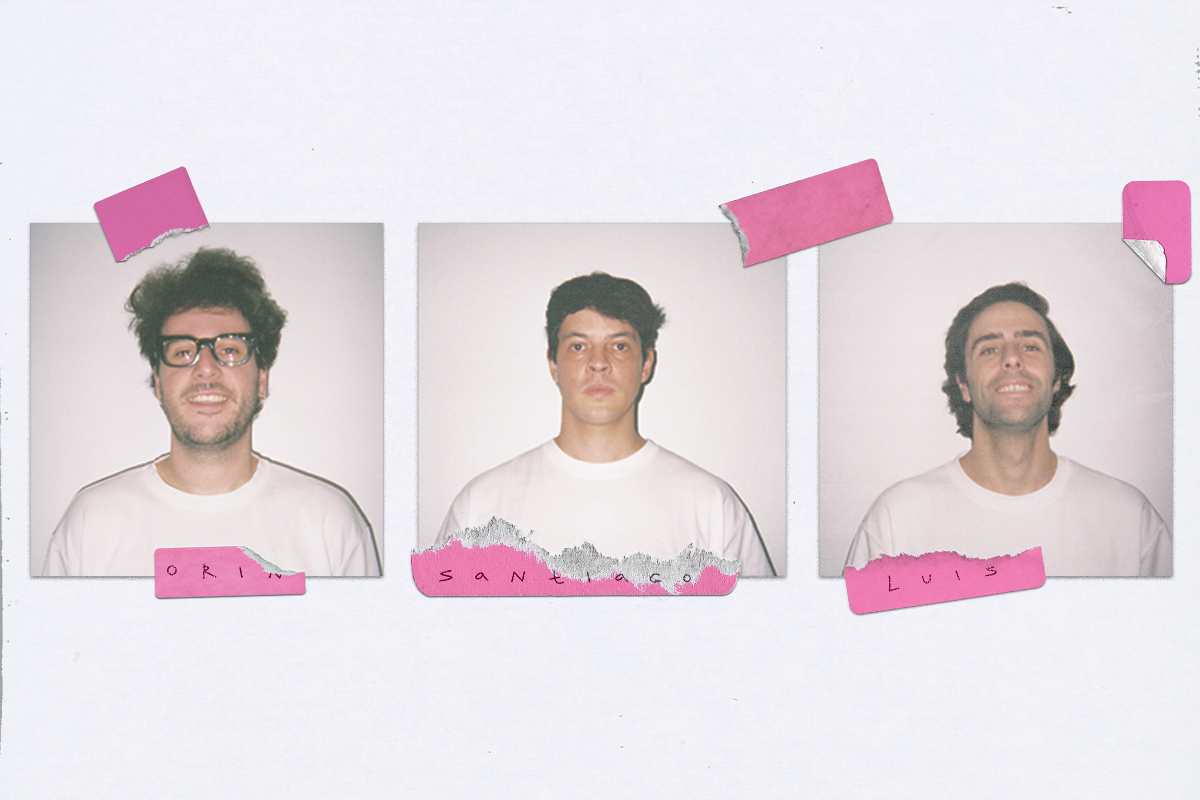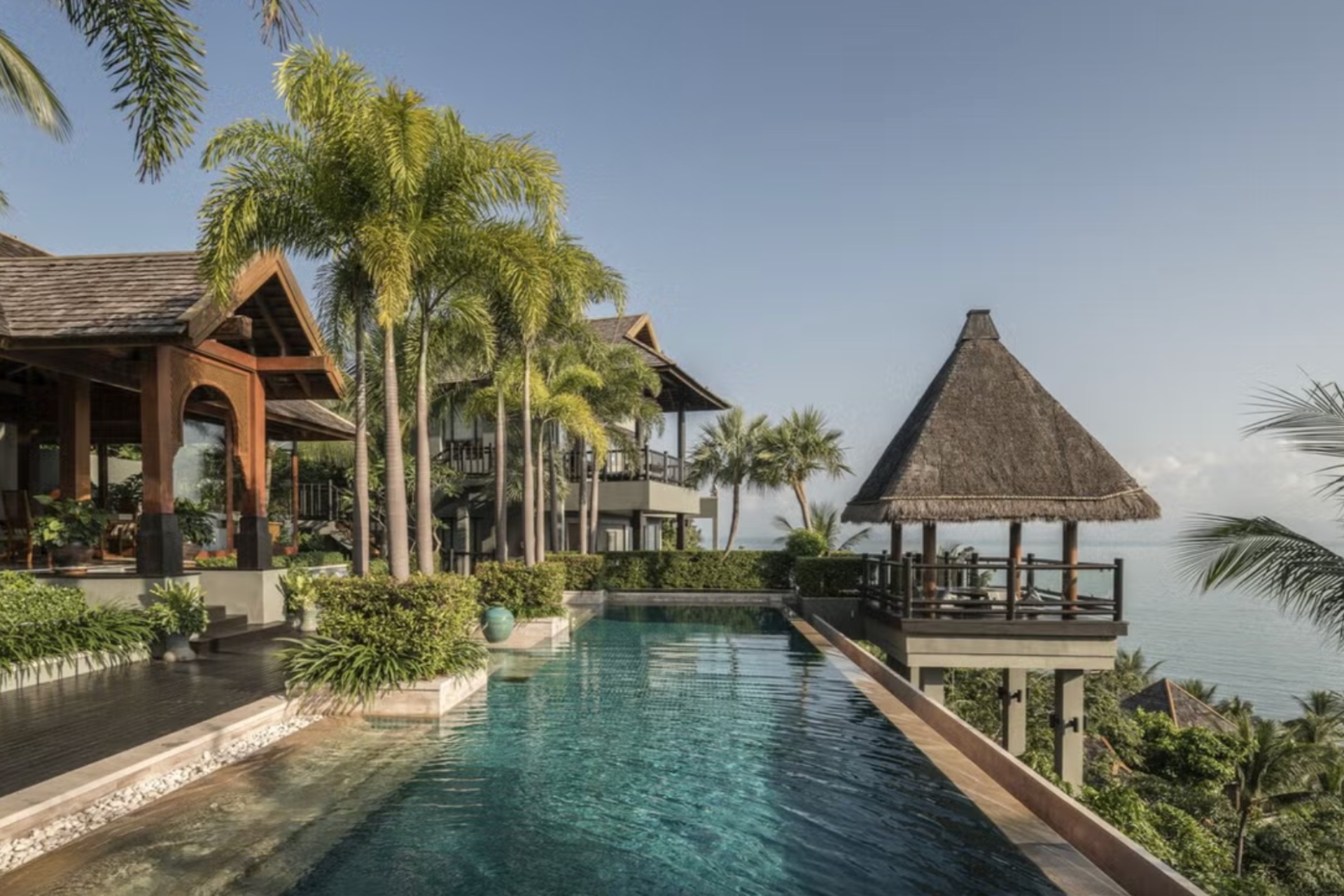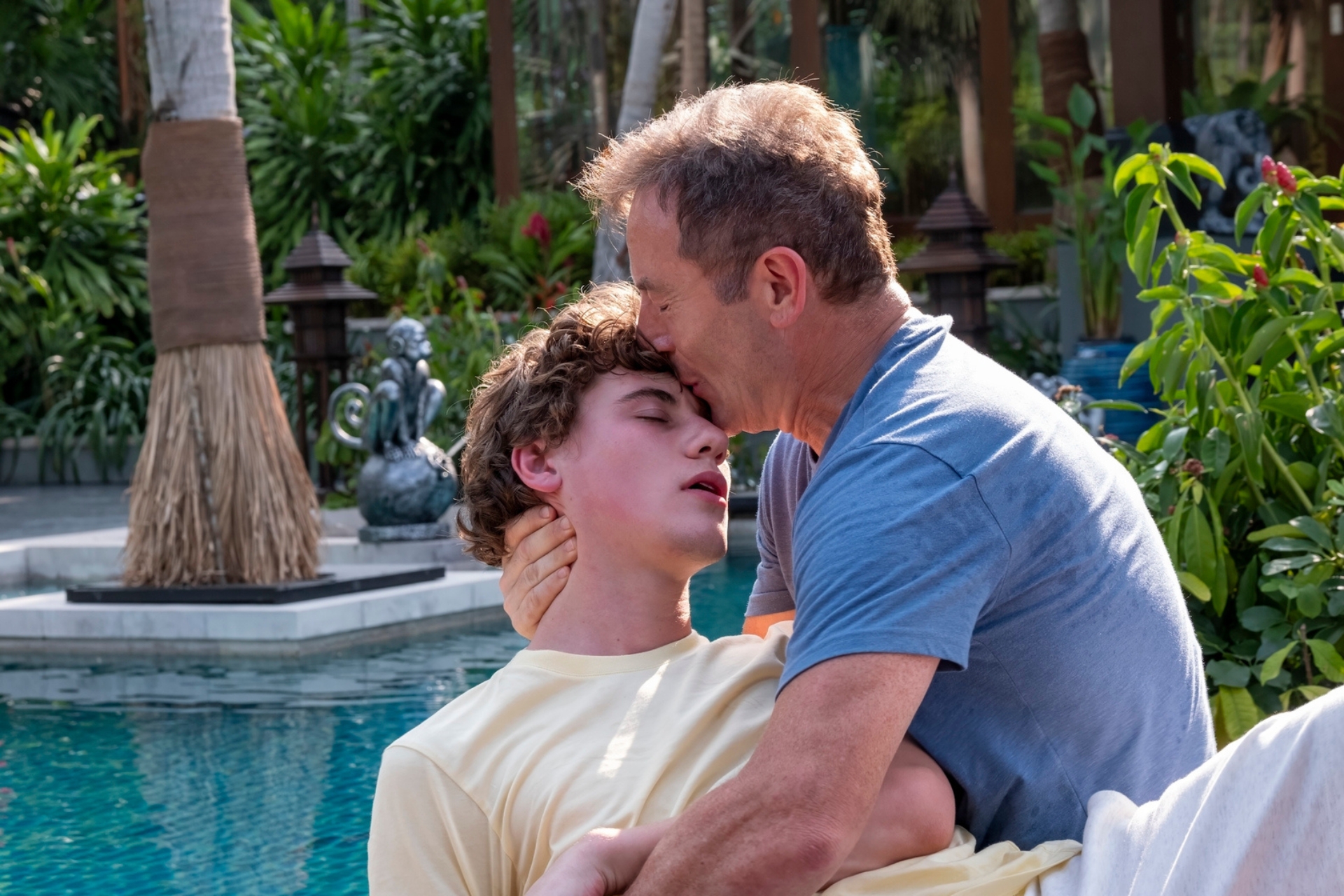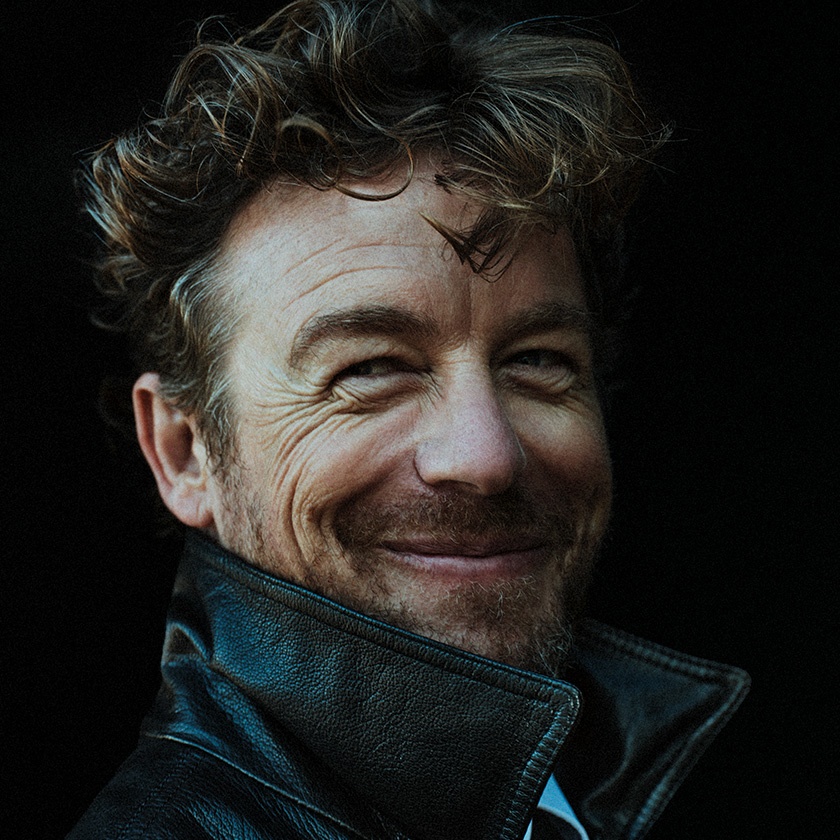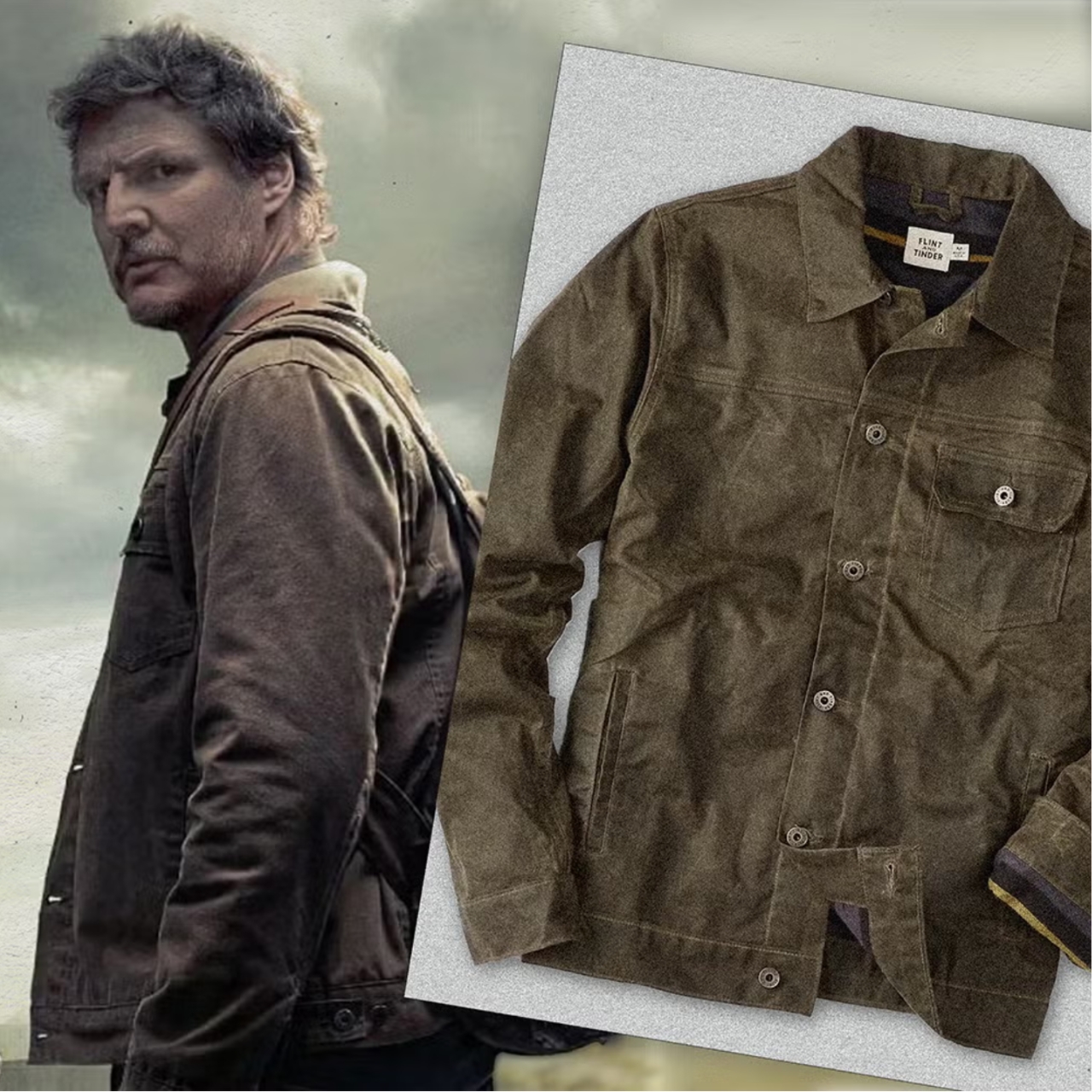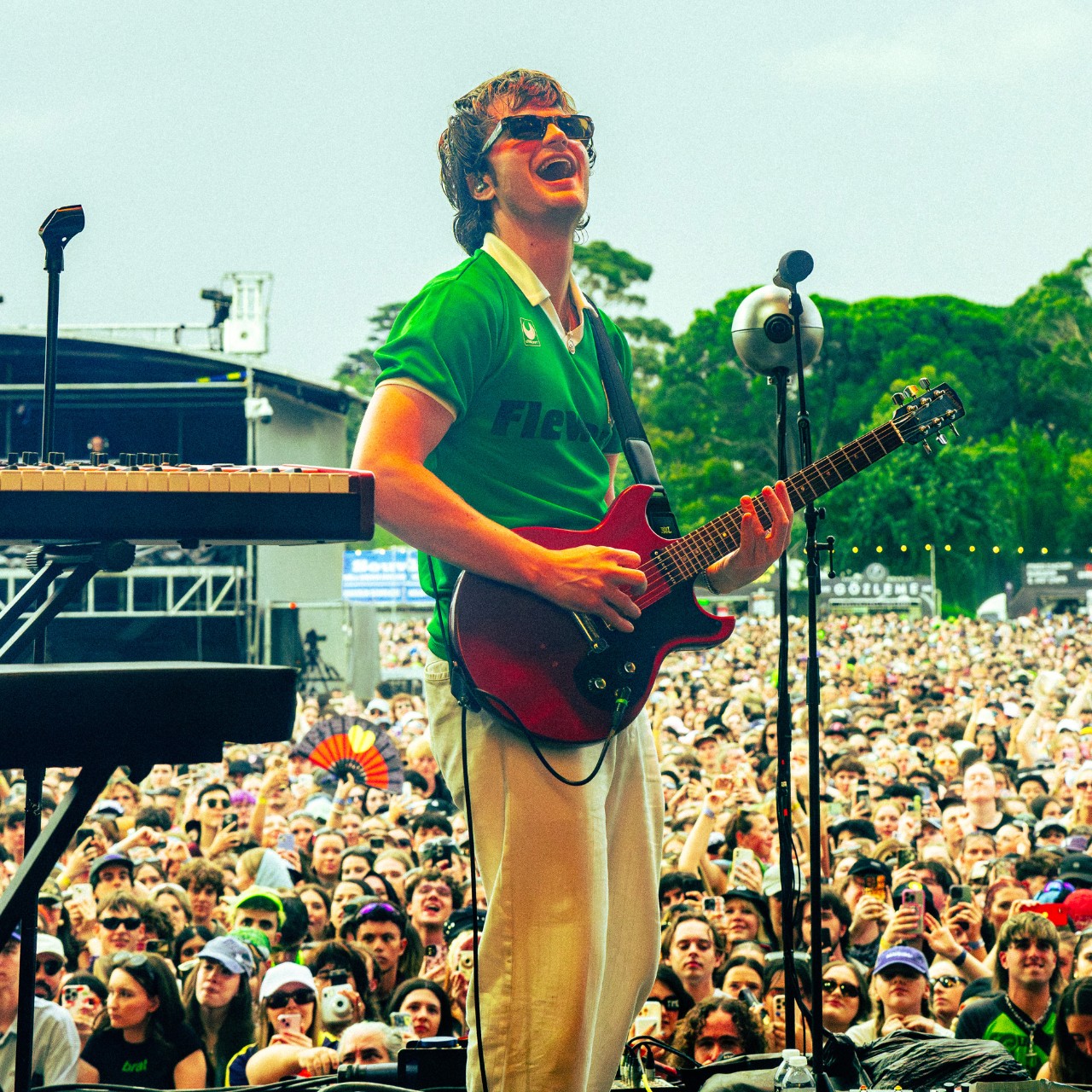‘Queer’ production designer Stefano Baisi talks AI in film, and building a fantasy Mexico City
The film might've been snubbed at the Oscars, but the dreamlike 1950s Mexico City that set designer Stefano Baisi brought to life deserves a prize
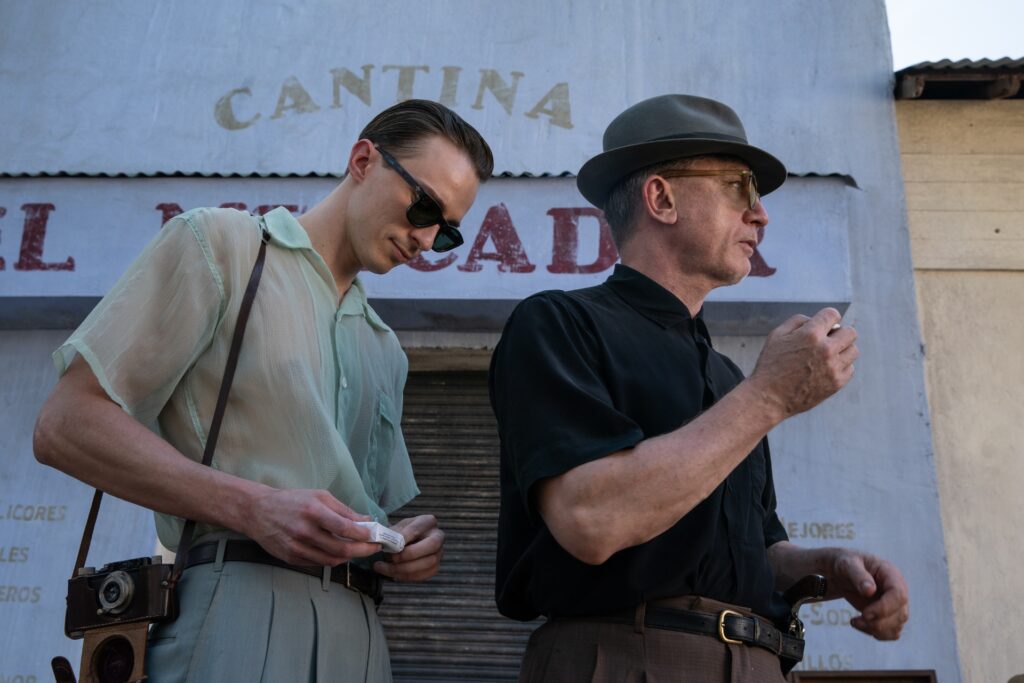
LUCA GUADAGNINO’S latest film Queer may take place in 1950s Mexico City, but early on, it becomes clear we’re observing a strange dreamscape made up of painted backdrops, like something out of a mid-century Fred Astaire musical. “You can think of it as a fantasy film, and not a period piece,” says Milan-based architect Stefano Baisi, the film’s production designer.
Based on William Burroughs’s semi-biographical book of the same name, Queer became Baisi’s first film project – entrusted to him by Guadagnino, who collaborates with Baisi at the former’s design firm. As we settle into conversation, he’s readying for more work with the director in London, and it’s easy to understand why Guadagnino is keen to partner with him again. For Queer, Baisi sought to reproduce the magic and the ambitions of the Hollywood Golden Age. He points to fantastical masterpieces by Powell and Pressburger, particularly Black Narcissus, The Red Shoes and Tales of Hoffman. “[Like them] we intended to create something nobody had seen before,” he explains. It’s another reason why the film’s Oscar nomination snub feels especially sore, and their efforts seem wrongfully unsung.
Two weeks after accepting the job, Baisi embarked on a research trip to the book’s Latin American locations, following the route taken by main character Lee (played by Daniel Craig) across Quito, Puyo, Salinas, Manta, Panama City, and finally Mexico City. “Not much has changed. There are still traces of the past for us to use as inspiration,” he continues. Baisi’s brief was to create a Mexico City that was an “unreality” – a fantasy version rooted in a desire not to merely reproduce the real settings, “as period films do, but to create a Burroughsian version.”
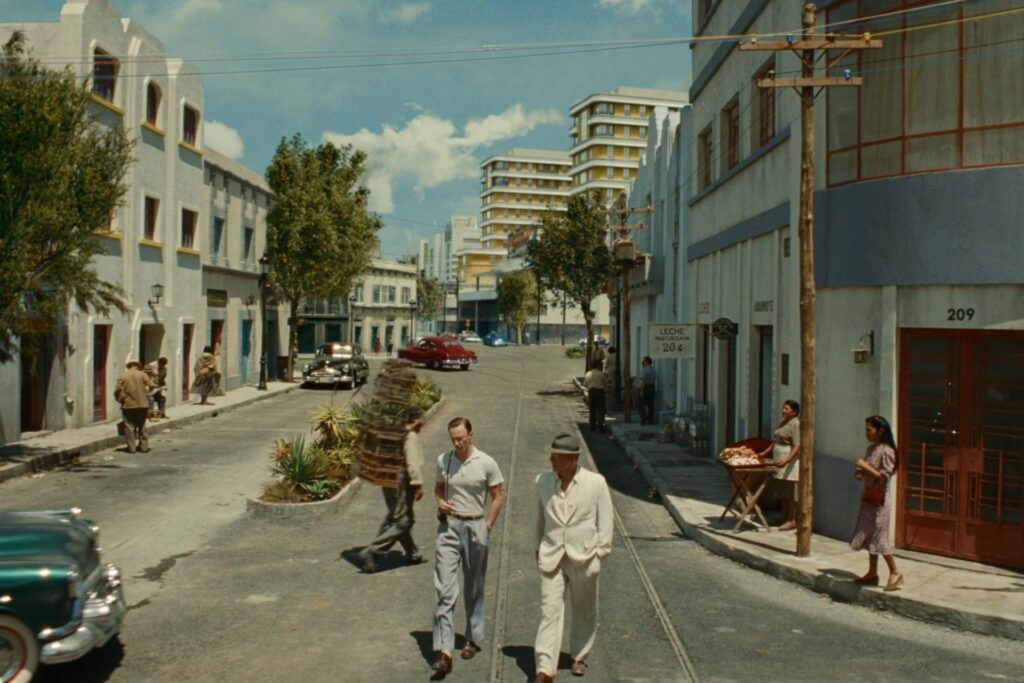
The only place to do something so ambitious was at Cinecittà in Rome, the largest film studio in Europe, which, once upon a time, was the pride of Italy’s movie industry. Dubbed ‘Hollywood on the Tiber’, Cinecittà is hallowed ground: Federico Fellini, Francis Ford Coppola, Sergio Leone, and Martin Scorsese have worked here. For movie romantics like Guadagnino and Baisi, it was the Roman lot, not a more workable Hollywood or British one, where their unreality was going to take shape. “Cinecittà is history,” Baisi says. “It was an honour. And I felt an additional responsibility making it there.” Starting in 2022, Queer’s world would be erected in the studio’s legendary salmon-coloured warehouses, or outside by remaining structures from Ben Hur.
In the spirit of classic movie-lot filmmaking – and inspired by the techniques from the Golden Age of Hollywood – Guadagnino insisted on using as little digital technology as possible. It’s antithetical to a recent trend of generative AI in cinema – The Brutalist, a film that was nominated for a swag of Oscars, including the Academy Award for Best Production Design, came under fire for using AI tool Respeecher to tweak specific pronunciations within the star’s Hungarian dialogue.
Although there is no AI in Queer. Baisi explains he’s neither for or against it: “I believe it can be a resource to bend reality to our advantage but it must be used with awareness. AI should not ‘act’ as a creative mind – rather the opposite.” Broadly speaking, digital technology is a great resource, Baisi admits, “but I believe one must always start from a base of reality. In the case of Queer, the more we built physically, the more concrete and tangible the final effect would be.”
The result was that more sets were constructed than usual: seven stages and three outside areas (the jungle sequences were actually improvised on a mound of dirt left from a construction site).
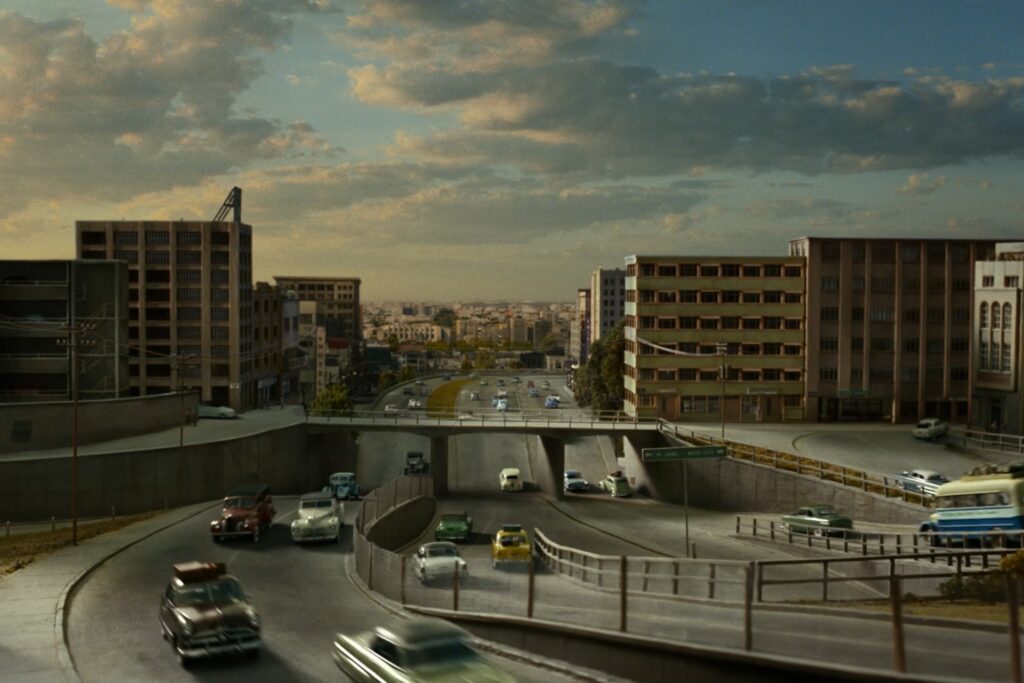
Baisi enlisted over a hundred people across all manner of trades, from the very best painters, builders, carpenters, and miniature experts. Lisa Scoppa (a Scorsese collaborator) was his set decorator and Guadagnino favourite Matt Marks his prop master. To create the models of buildings in Mexico City – which Guadagnino and Baisi wanted the audience to recognise as miniatures – they brought in Simon Weisse, who works most frequently with Wes Anderson.
“As a team, our main question was: who was Burroughs? We worked to create a view of his Mexico City. The set was an analysis of the depth of Burroughs’ universe – not the real thing,” he explains.
Burroughs had fled America to Mexico City with other Beatnik writers in the 1950s, and found respite in the debauchery of its bars and clubs, later describing their romantic squalor in the plot of Queer. Plenty of the settings in Burroughs’ Mexico City were indeed not real and required Baisi and his team to reimagine them through photographs and detailed research on his life. “I had a masterclass, let’s say, in the life of William Burroughs,” Baisi laughs.
The Ship Ahoy, a slick drinking den where much of the action takes place, was created from a single passage describing its “nautical elements” in the book. “We found this beautiful image of an ocean liner, the SS Normandy, and used it in the production design,” Baisi says. “We also put ourselves in the shoes of the bar’s owner to ask how he would probably like to design his bar.” Lee’s apartment entrance was replicated from a photograph of Burroughs’ place in Mexico City, including the windows. But the interior itself, and Lee’s books, drug paraphernalia, and trinkets, were created with the assistance of Marks, who also undertook extensive research.
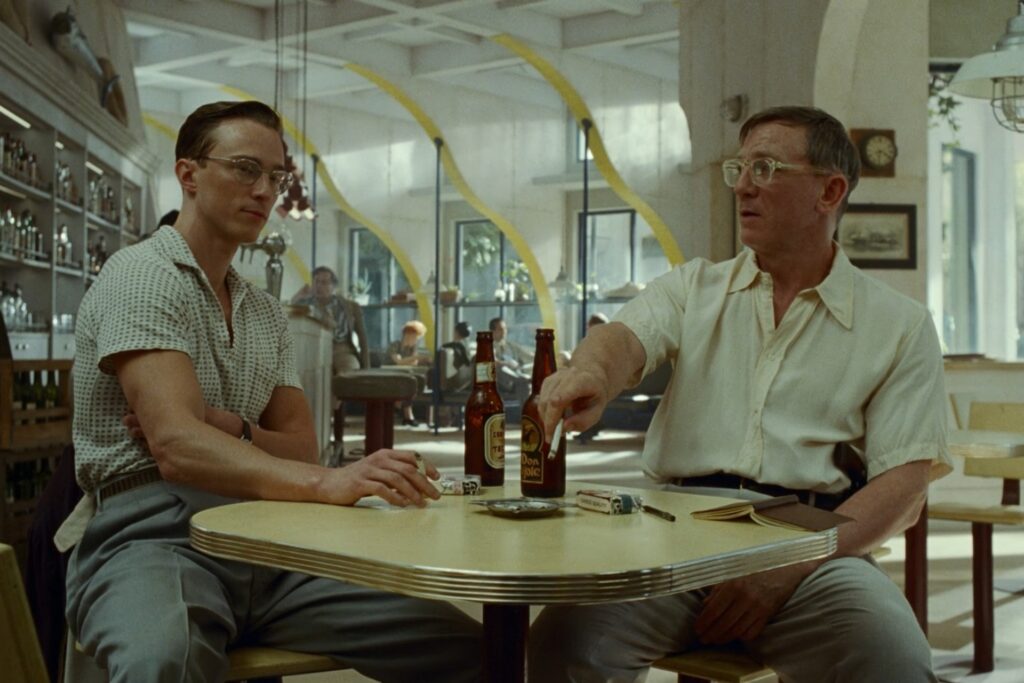
Some places Burroughs knew from other countries but had written into Queer. The Rathskeller bar, which did not exist in Mexico City, was a reference to the writer’s period in Vienna. “That was completely designed from scratch in a South Tyrolean style,” Baisi tells me.
What is especially striking is how many of these sets are rooted in 1950s design but feel contemporary, drawing on the tasteful aesthetics of today’s uber-cool Mexico City interiors. Much of that was due to Baisi’s own abilities as a designer, but also thousands of visual references he collected at the early stages of production. The light pink and beige pastel tones came from the Flemish painter Michaël Borremans, who has a role in the film as a doctor, and also Francis Alÿs, who is based in Mexico City, he tells me. “This part of the job was most fun. For a Luca Guadagnino film, the production design is essential. And these references helped the design emphasise the emotions of the character.”
In the end, Baisi was happy to wave Queer’s Mexico City goodbye. His next project with Guadagnino spells the continuation of an exciting partnership between the director and the production designer. “Queer was a lot of work,” he smiles. As with Burroughs’ prose, the line between reality and fantasy was often blurred. This occurred one night when the Ship Ahoy became a real bar. “We had tequilas and celebrated together as a team,” he says. “On a set like this, it’s hard to know what is real and what isn’t.”
Related:
How ‘Conclave’ costume designer Lisy Christl created the film’s cardinal couture




